Table of Contents
Deep beneath the dense and humid jungles of Cu Chi Tunnels Traps, Vietnam, lies an intricate network of underground tunnels, a testament to the resilience and strategic brilliance of the Vietnamese people during the Vietnam War. This vast underground labyrinth, spanning over 250 kilometers, served as a critical military base and a refuge for the Viet Cong fighters, playing a significant role in their fight against the American and South Vietnamese forces. The Cu Chi Tunnels were not only a symbol of the determination and resourcefulness of the Vietnamese people, but also a crucial element in their defense strategy. In this article, we will explore the history, construction, types, and effectiveness of traps used in the Cu Chi Tunnels Traps, as well as their impact on the Vietnam War and their significance in modern times.
History of Cu Chi Tunnels
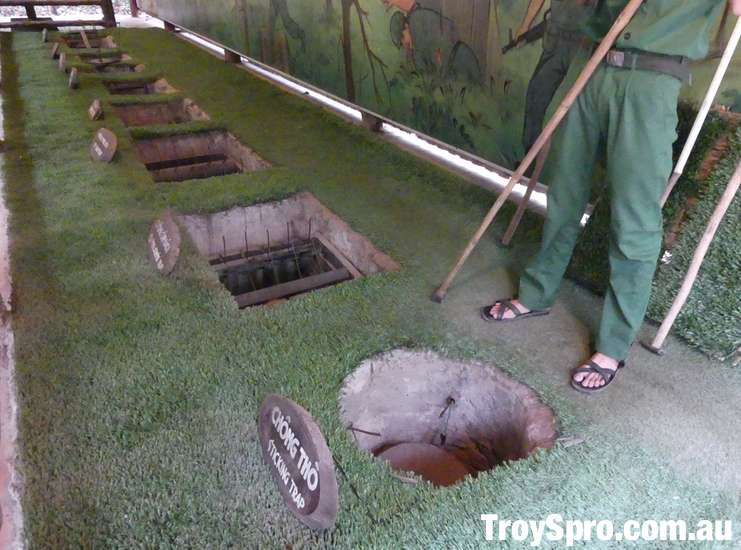
The construction of the Cu Chi Tunnels Traps began in the early 1940s as a way for the Viet Minh, the predecessor of the Viet Cong, to hide from French colonial forces. The tunnels were initially simple and shallow, used primarily for shelter and storage. However, as the conflict escalated and the United States became involved in the war, the tunnels were expanded and fortified, transforming into a complex subterranean city. The construction and expansion of the tunnels were carried out entirely by hand, using basic tools and the sheer determination of the Vietnamese people.
Construction of Cu Chi Tunnels
The construction of the Cu Chi Tunnels was a monumental feat, requiring immense physical labor and ingenuity. The tunnels were dug deep underground, often reaching depths of over 10 meters, and were supported by a network of bamboo poles and tree trunks to prevent collapse. The soil excavated from the tunnels was carefully dispersed throughout the surrounding area to avoid detection. The tunnels were also strategically designed with multiple entrances and exits, making it difficult for the enemy to locate and destroy them.
The construction of the tunnels was a continuous process, with new sections being added and existing ones reinforced as needed. The Viet Cong also utilized natural features such as termite mounds and streams to camouflage their tunnel entrances. This constant maintenance and expansion of the tunnels required immense dedication and perseverance from the Vietnamese people, who were willing to risk their lives for the cause of defending their country.
Purpose of Traps in Cu Chi Tunnels
As the American and South Vietnamese forces intensified their efforts to destroy the Cu Chi Tunnels, the Viet Cong realized the need for additional defensive measures. Thus, they began incorporating traps into the tunnels, creating an intricate system of defense that would prove to be highly effective against their enemies.
The primary purpose of these traps was to slow down or injure the enemy, giving the Viet Cong fighters time to prepare for an attack or escape. These traps were also used to protect important areas within the tunnels, such as command centers and supply depots. By utilizing traps, the Viet Cong were able to conserve their limited resources and inflict significant damage on their enemies.
Types of Traps Used in Cu Chi Tunnels
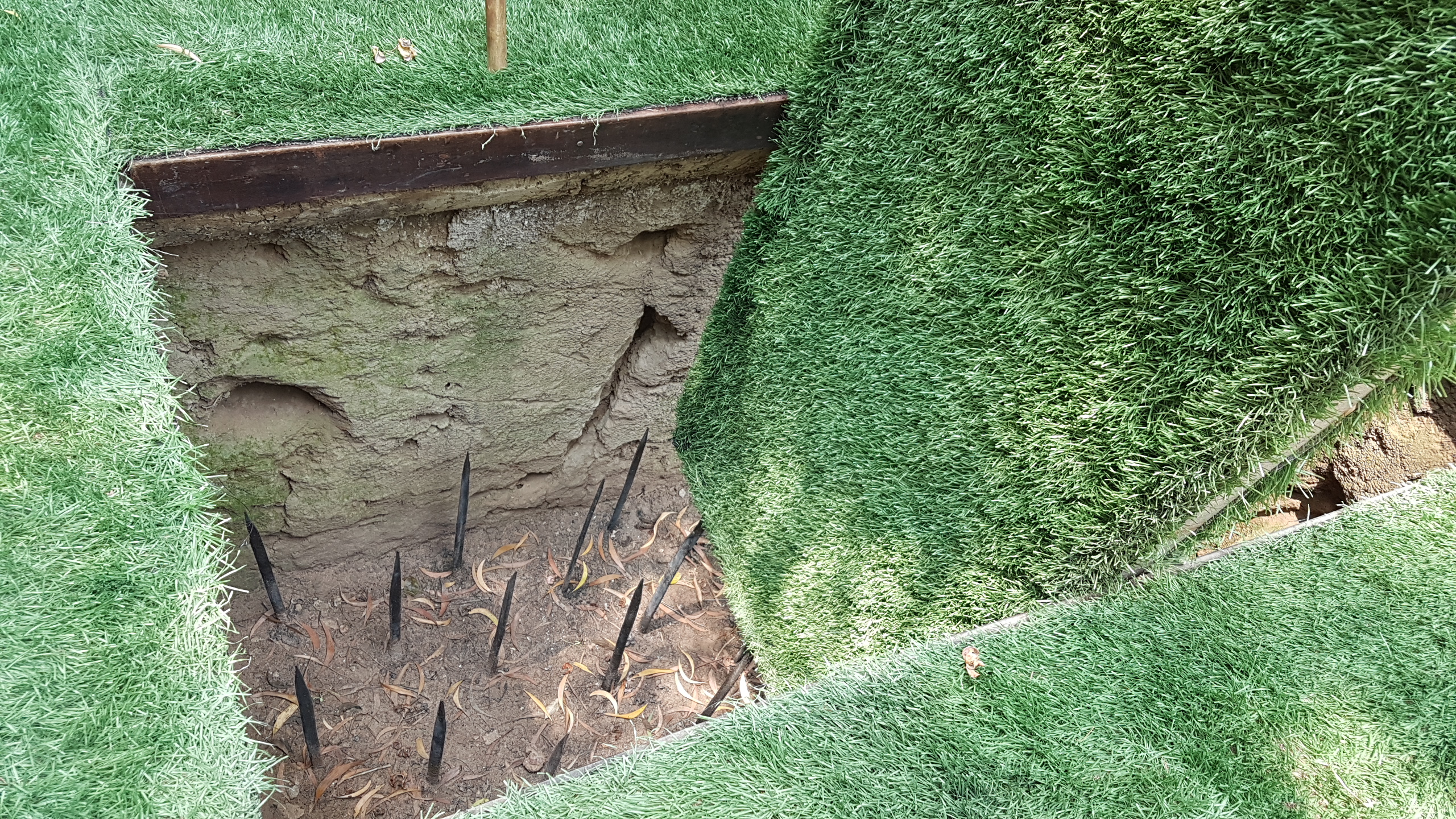
To protect their underground stronghold and deter enemy intrusion, the Viet Cong employed a variety of ingenious traps within the Cu Chi Tunnels. These traps were designed to be simple yet effective, using locally available materials and basic knowledge of physics and mechanics. Some of the most commonly used traps included:
Spike Traps
One of the most common traps used in the Cu Chi Tunnels Traps was the spike trap. These traps consisted of sharpened bamboo stakes hidden in shallow pits covered with leaves and debris. When triggered, the spikes would impale the victim, causing severe injuries and often leading to infection and death.
Punji Stick Traps
Similar to spike traps, punji stick traps were also designed to impale the enemy. However, these traps were more sophisticated and could be triggered by a tripwire or pressure plate. The bamboo sticks used in these traps were often coated with poison or feces to increase the chances of infection.
Rolling Log Traps
Another effective trap used in the Cu Chi Tunnels Traps was the rolling log trap. These traps consisted of large logs suspended above ground, which would roll down a slope when triggered by a tripwire or pressure plate. The logs were often covered in spikes or sharp objects, causing severe injuries to anyone caught in their path.
Effectiveness of Traps in Cu Chi Tunnels
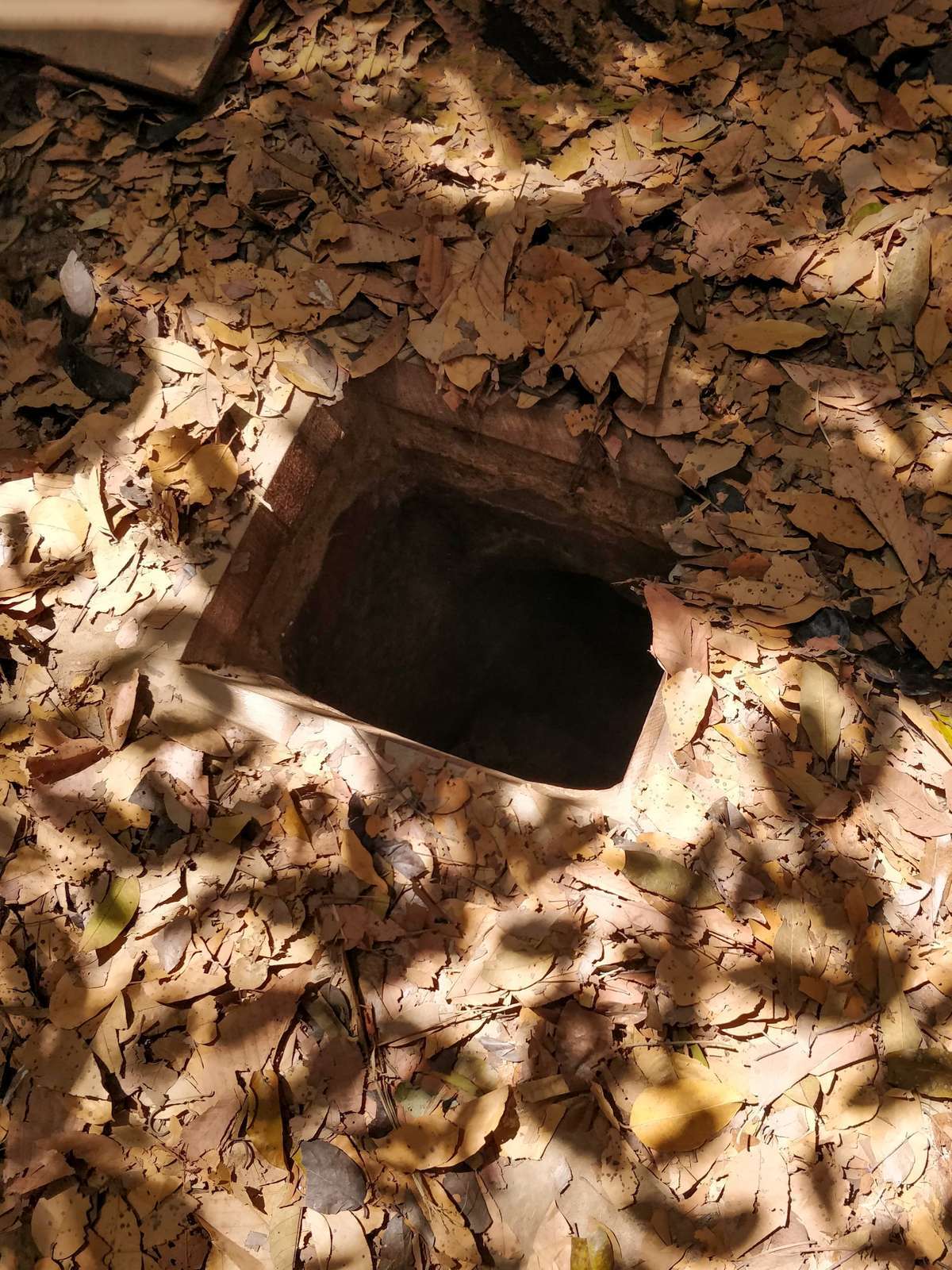
The traps used in the Cu Chi Tunnels were highly effective in slowing down and injuring the enemy, as well as protecting important areas within the tunnels. The Viet Cong fighters were skilled at setting up these traps and knew how to camouflage them effectively, making it difficult for the enemy to detect and avoid them. The traps also had a psychological impact on the American and South Vietnamese soldiers, who were constantly on edge and fearful of falling victim to these hidden dangers.
According to a report by the U.S. Army, between 1966 and 1970, over 300 American soldiers were killed and nearly 2,000 were injured due to traps in the Cu Chi Tunnels. This demonstrates the significant impact that these traps had on the enemy forces and their efforts to destroy the tunnels.
Surviving the Traps in Cu Chi Tunnels

For the American and South Vietnamese soldiers, navigating through the Cu Chi Tunnels Traps was a daunting and dangerous task. They had to be constantly on guard for traps and other hazards, making it difficult for them to effectively carry out their missions. To survive the traps, they had to rely on their training and instincts, as well as the support of their fellow soldiers.
One of the ways the enemy forces attempted to counter the traps was by using dogs trained to detect them. However, the Viet Cong were quick to adapt and began using chili pepper powder to throw off the dogs’ sense of smell. This further demonstrates the resourcefulness and adaptability of the Vietnamese people in their fight against the enemy.
Cu Chi Tunnels: A Strategic Military Structure
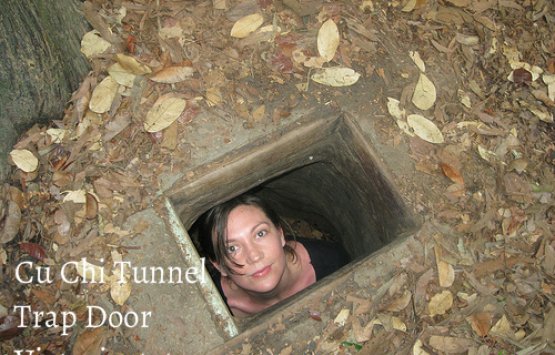
The Cu Chi Tunnels were not only a defensive stronghold but also a strategic military structure that played a crucial role in the Vietnam War. The tunnels served as a base for the Viet Cong fighters, allowing them to launch surprise attacks on the enemy and then quickly retreat to safety. They also provided a secure means of communication and transportation for supplies and reinforcements.
The tunnels were divided into different sections, each with its own purpose. There were living quarters, hospitals, command centers, and even schools within the tunnels. This allowed the Viet Cong to continue their operations even during heavy bombing and other attacks by the enemy.
Impact of Cu Chi Tunnels on the Vietnam War

The Cu Chi Tunnels had a significant impact on the outcome of the Vietnam War. The tunnels served as a safe haven for the Viet Cong fighters, allowing them to regroup and strategize after facing heavy losses. The traps used in the tunnels also slowed down the enemy’s progress and caused significant casualties, demoralizing them and weakening their resolve to continue the war.
Moreover, the Cu Chi Tunnels were a symbol of the determination and resilience of the Vietnamese people, who were willing to go to great lengths to defend their country. The tunnels also played a crucial role in shaping public opinion and turning the tide against the American and South Vietnamese forces, leading to their eventual withdrawal from Vietnam.
Tourism at Cu Chi Tunnels Traps
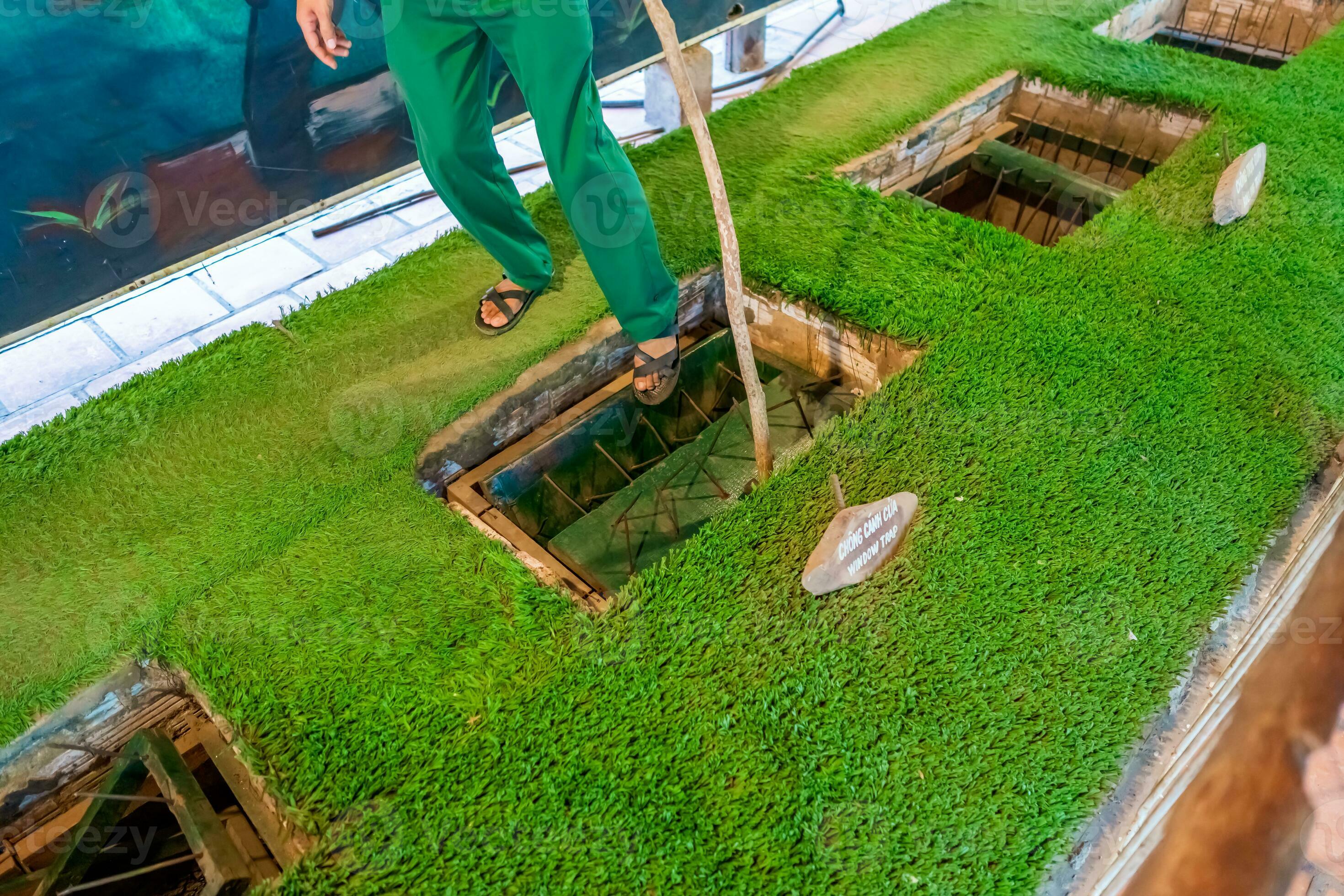
Today, the Cu Chi Tunnels have become a popular tourist attraction, drawing thousands of visitors each year. Tourists can explore a section of the tunnels and learn about the history and significance of this underground network. The traps used in the tunnels are also on display, providing a glimpse into the ingenuity and resourcefulness of the Vietnamese people during the war.
Visiting the Cu Chi Tunnels is not only a way to learn about the history of the Vietnam War but also a means of paying tribute to the sacrifices made by the Vietnamese people in their fight for independence. It is also an opportunity to witness firsthand the resilience and determination of a nation that refused to be defeated.
Preserving the Legacy of Cu Chi Tunnels

Despite being a popular tourist destination, the Cu Chi Tunnels face numerous challenges in terms of preservation. The constant flow of visitors can cause damage to the tunnels, and there is also the risk of theft and vandalism. To address these issues, the Vietnamese government has taken steps to preserve and protect the tunnels, including implementing strict regulations for visitors and conducting regular maintenance and repairs.
Efforts are also being made to educate visitors about the historical and cultural significance of the Cu Chi Tunnels, as well as the need to respect and preserve this important piece of Vietnam’s heritage. By preserving the legacy of the Cu Chi Tunnels, we can ensure that future generations understand and appreciate the sacrifices made by the Vietnamese people during the Vietnam War.
Conclusion
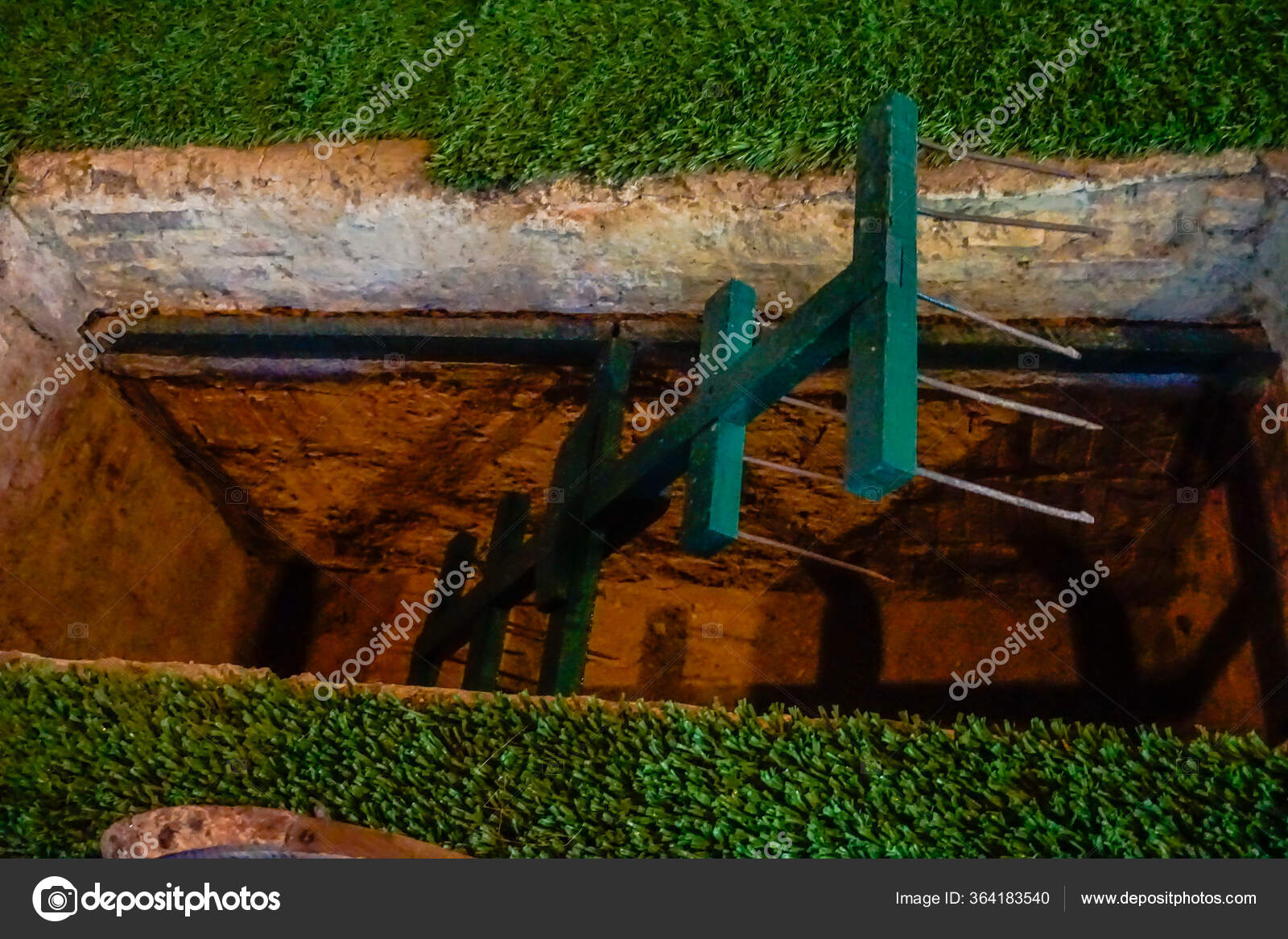
The Cu Chi Tunnels Traps and the traps used within them are a testament to the resilience, resourcefulness, and strategic brilliance of the Vietnamese people during the Vietnam War. These underground tunnels served as a critical military base and a refuge for the Viet Cong fighters, playing a significant role in their fight against the American and South Vietnamese forces. The traps used in the tunnels were simple yet highly effective, causing significant casualties and demoralizing the enemy. Today, the Cu Chi Tunnels Traps stand as a symbol of the determination and perseverance of a nation that refused to be defeated. By preserving their legacy, we can ensure that the sacrifices made by the Vietnamese people are never forgotten.